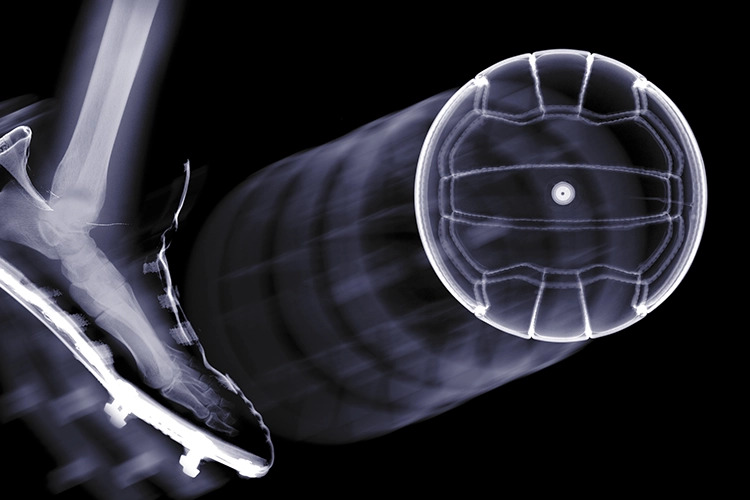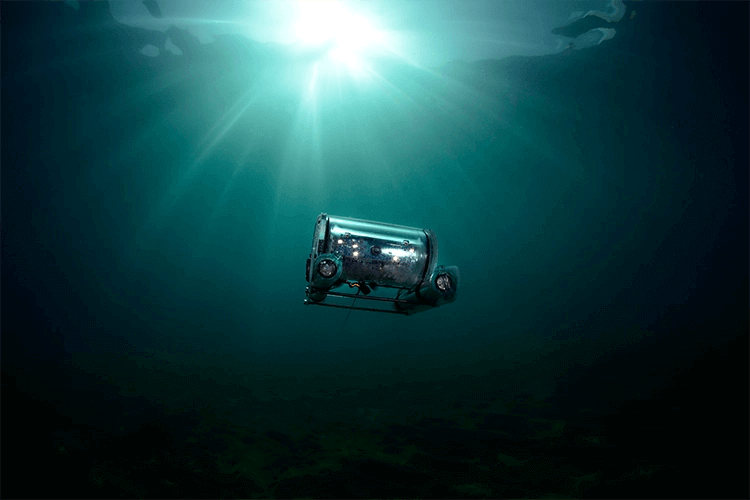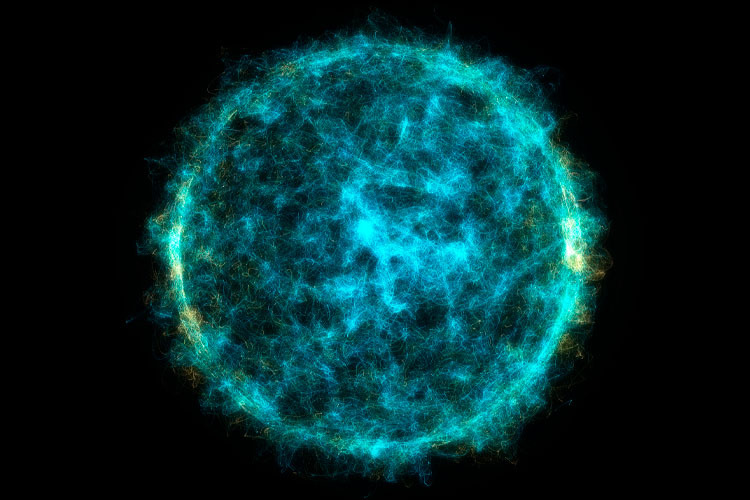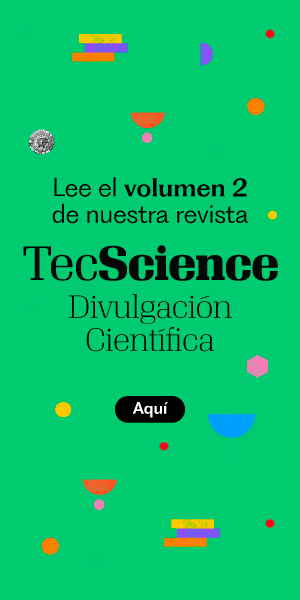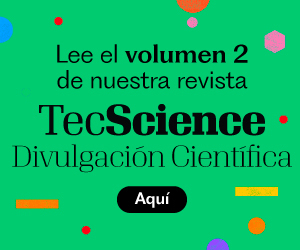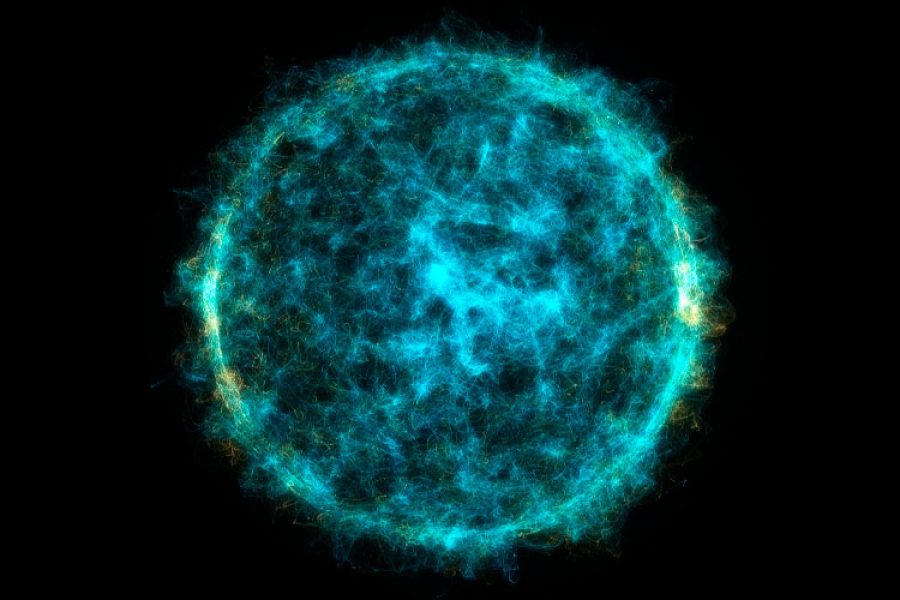Maintaining and monitoring the structures that surround us—from buildings and bridges to wind turbines and aircraft components—is essential for safety and functionality.
The failure of these critical structures can lead to catastrophic socioeconomic impacts and even cost lives. That’s why one key area of research focuses on damage detection in vital infrastructure.
Structural damage can result from the natural aging of materials and is often worsened by exposure to extreme weather conditions intensified by climate change. This exposure can accelerate damage to a structure’s load-bearing capacity and performance.
Structural Monitoring
While major structural failures are obvious, smaller issues can go unnoticed until they develop serious problems.
Early detection is crucial for preventing accidents and reducing maintenance costs. It enables smarter decisions, whether to continue operating the structure or shut it down for repairs.
Yet detecting early-stage damage is challenging, especially in structures with complex geometries or made from lightweight materials like plastics.
The study Damage detection in composite and plastic thin-wall beams by operational modal analysis: An experimental assessment presents a highly accurate, cost-effective solution. It demonstrates how sensors and advanced algorithms can detect subtle damage, such as small added masses or tiny cracks.
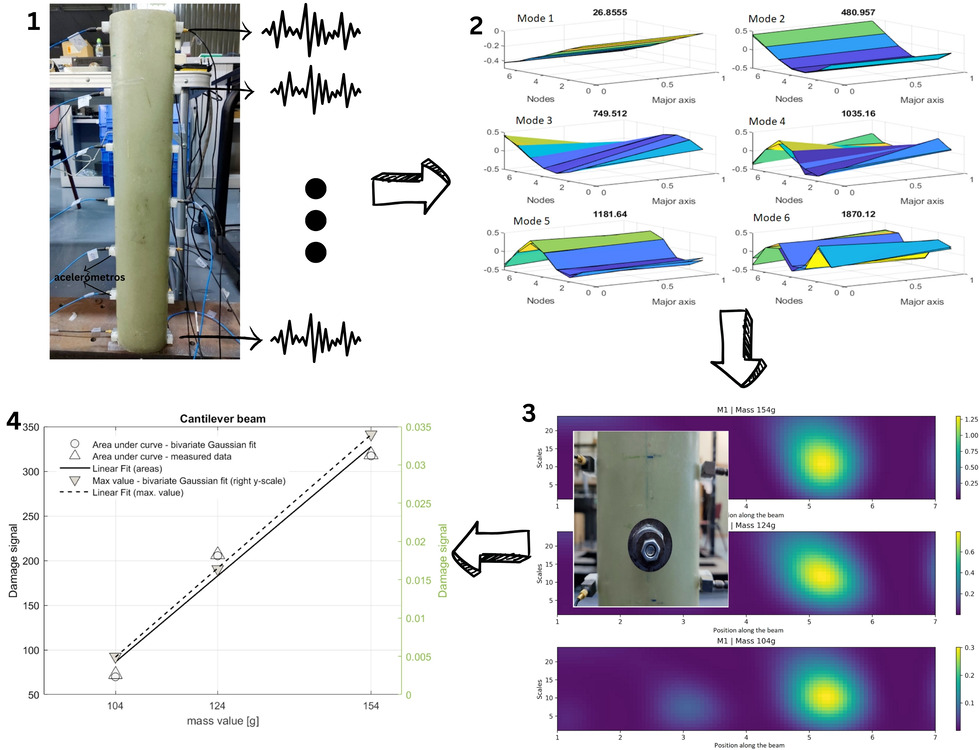
Measuring Vibrations
Operational Modal Analysis (OMA) studies how a structure naturally vibrates under everyday conditions, such as wind or traffic.
This technique is central to the methodology because it does not require a specialized vibration generator or direct measurement of the forces acting on the structure. Instead, it analyzes vibration or response data to determine the structure’s dynamic characteristics.
The methodology also incorporates the Continuous Wavelet Transform (CWT), a mathematical tool that acts like a microscope, amplifying damage-related signals and revealing subtle irregularities that traditional methods might miss.
By combining OMA and CWT, researchers can accurately detect and locate damage in composite structures using a streamlined experimental setup with only a few sensors.
Experiments were conducted on two types of structures. The first involved a Composite Thin-Wall Beam (CTWB), tested in two different configurations.
The first configuration was a cantilever fixed at one end, while the second was suspended from one end.
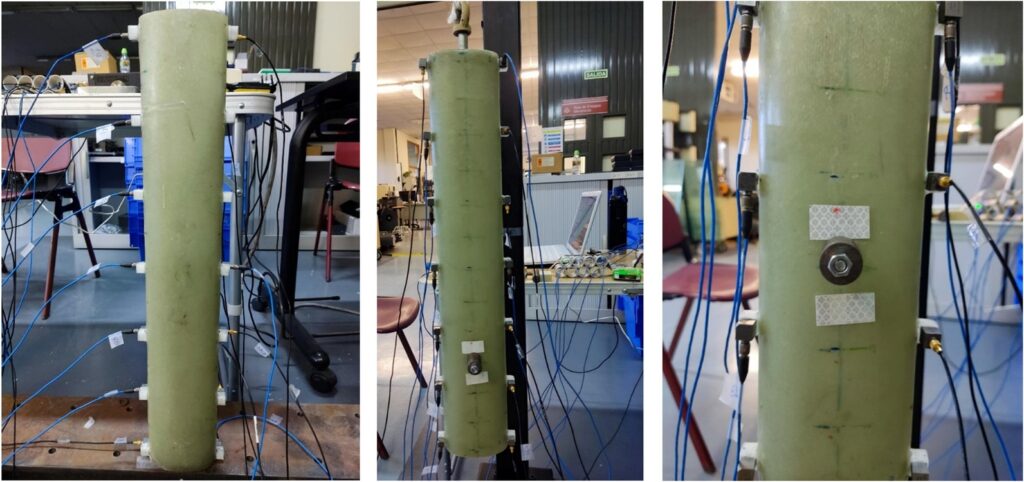
Key Findings
The vibrations of the PVC tube were analyzed in a free-free configuration, with both ends unsupported.
In both scenarios, controlled damage was introduced, including additional masses equivalent to 9.5% and 14% of the structure’s total mass, and small cracks representing a percentage of the cross-sectional perimeter.
The results highlighted the method’s ability to detect even minor damage, identifying added masses and small cracks with an impressive accuracy estimated at 3% of the beam’s length.

Regarding sub-grid resolution, the sensors were arranged in a relatively coarse grid, but the combination of mathematical tools enabled the detection of details below this resolution.
Calibration curves were provided that correlate the extent of the damage (e.g., the weight of an added mass) with the intensity of the detected signal, simplifying the process.
Finally, the system proved highly effective with a straightforward measurement setup and a minimal number of sensors, making it a promising low-cost solution for various applications.
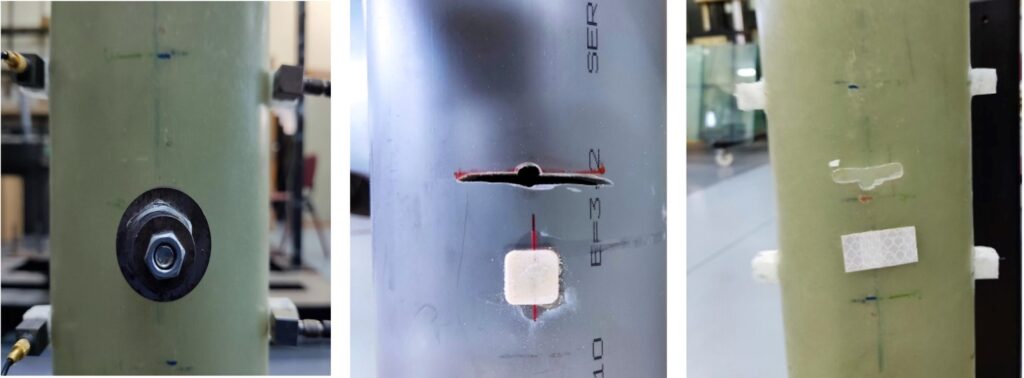
Structural Health System
This study demonstrates that effective Structural Health Monitoring (SHM) systems can be implemented without expensive equipment or complex setups.
The methodology could be particularly useful for monitoring bridges or buildings where regular inspections are challenging (critical infrastructure), evaluating the condition of composite materials in aircraft, where even minor damage can compromise safety (aerospace industry), and inspecting wind turbines or marine structures exposed to harsh conditions (renewable energy).
Moreover, the system’s ability to detect multiple types of damage simultaneously, such as two cracks or two added masses, broadens its applicability in real-world scenarios.
Despite these advancements, the method faces challenges, including environmental noise in real-world settings, ice buildup between sensors, and unrelated vibrations, which can affect measurements.
Reference
Josué Pacheco-Chérrez, Manuel Aenlle, Pelayo Fernández, Carlos Colchero, Oliver Probst, Damage detection in composite and plastic thin-wall beams by operational modal analysis: An experimental assessment, Composites Part C: Open Access, Volume 15, 2024, 100542, ISSN 2666-6820,
Author
Josué Pacheco-Chérrez. Professor at the School of Engineering and Sciences at Tecnológico de Monterrey. Ph.D. in Engineering Sciences from Tecnológico de Monterrey in 2023, and postdoctoral researcher at the Non-Invasive Brain-Machine Interface Systems Laboratory at the University of Houston’s BRAIN Center.

